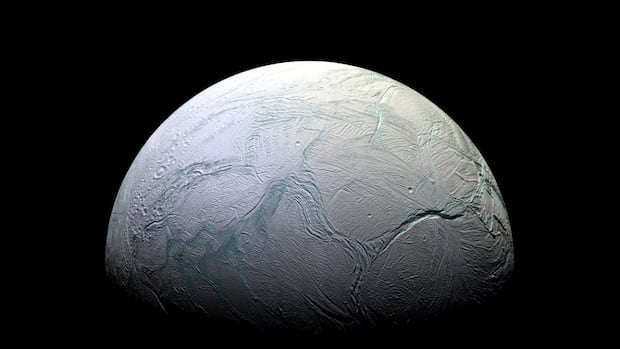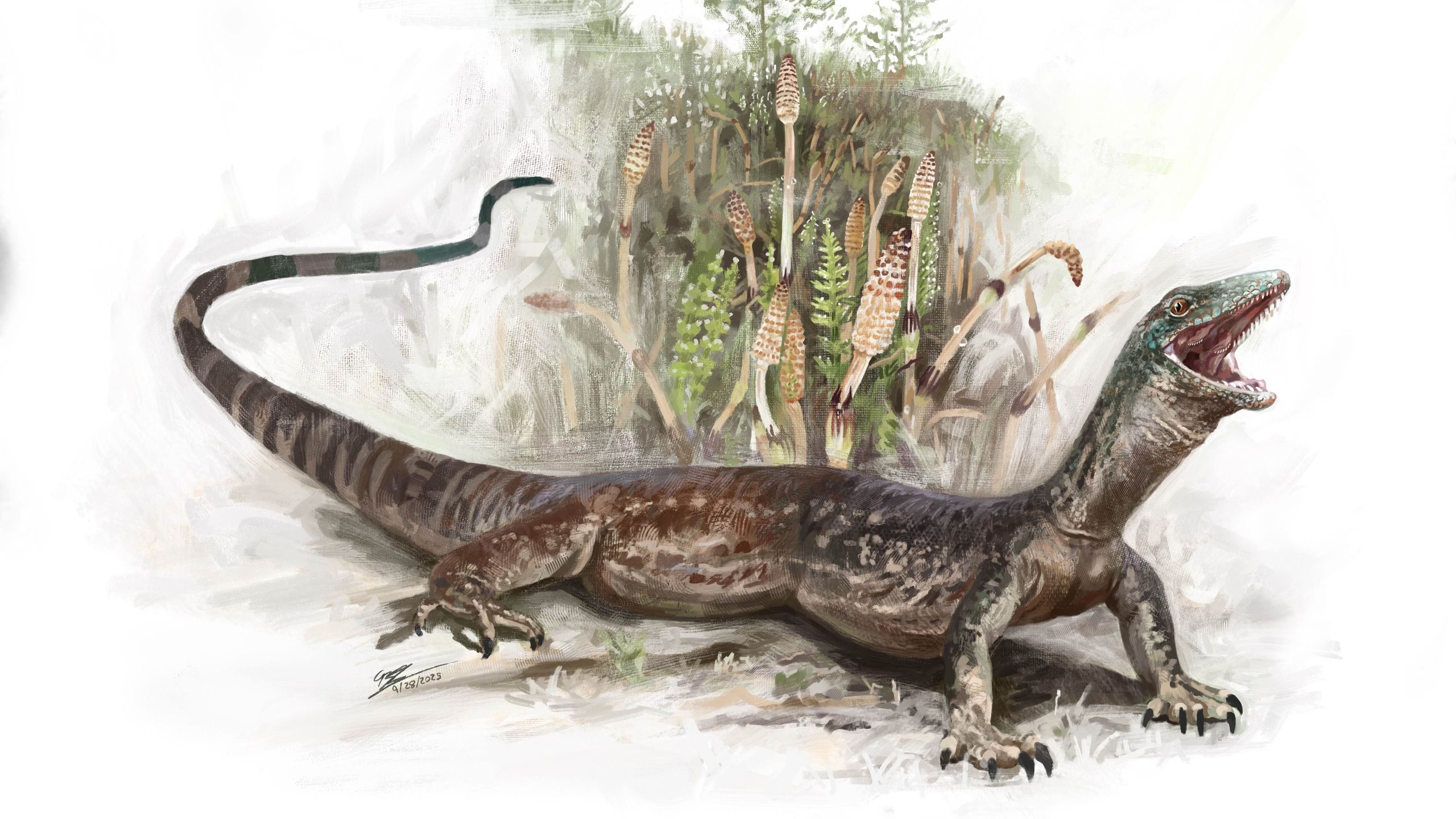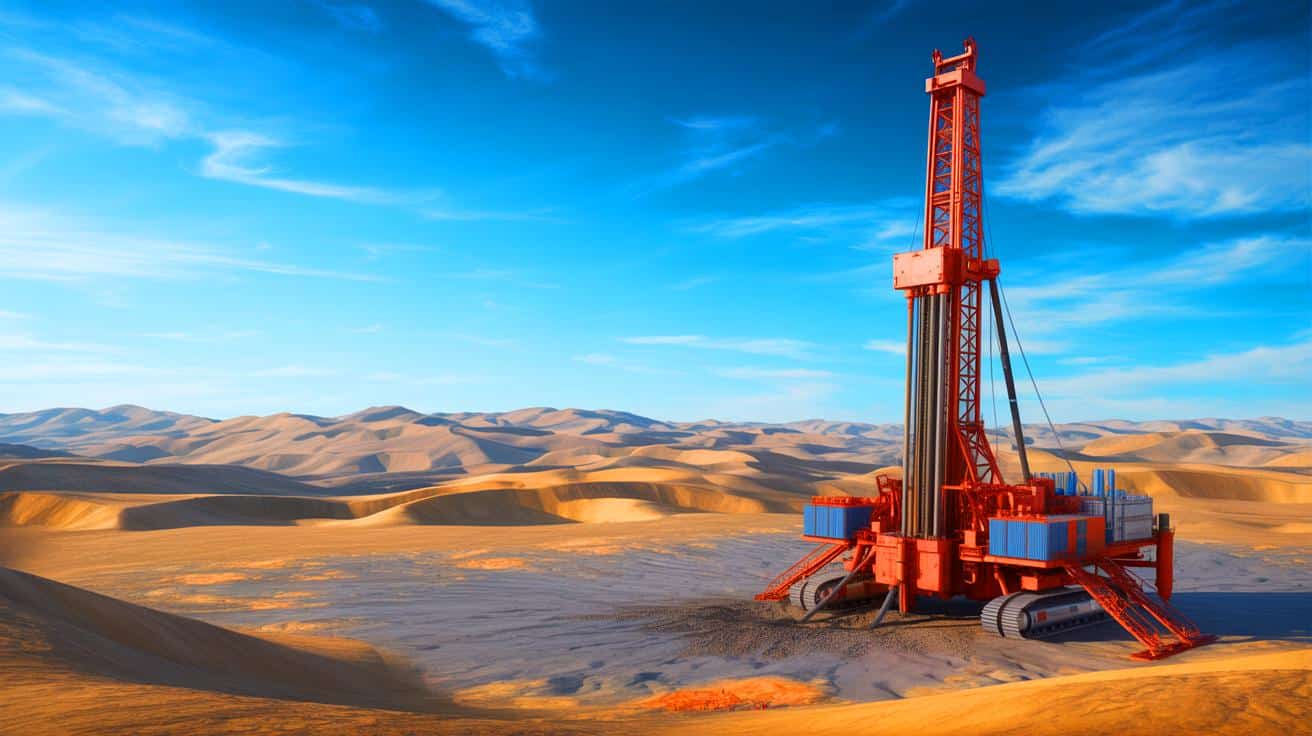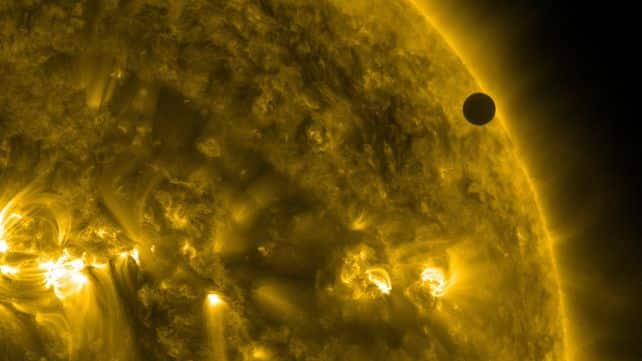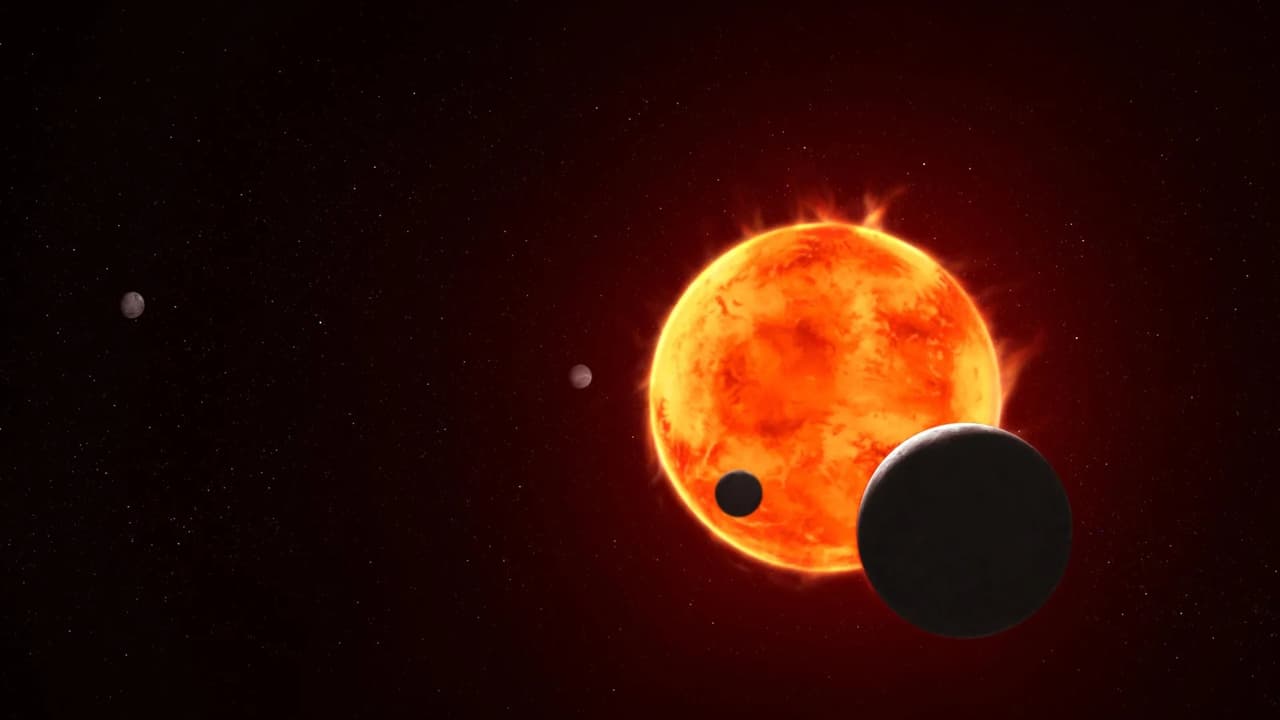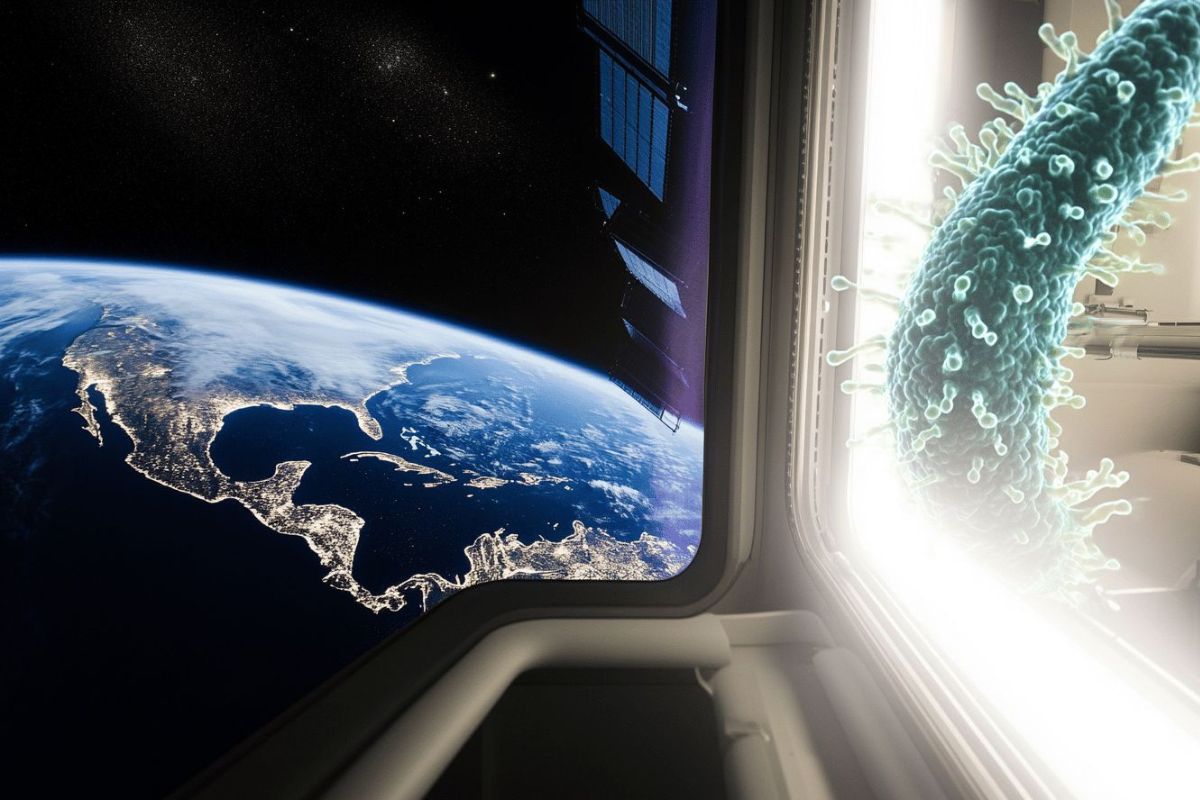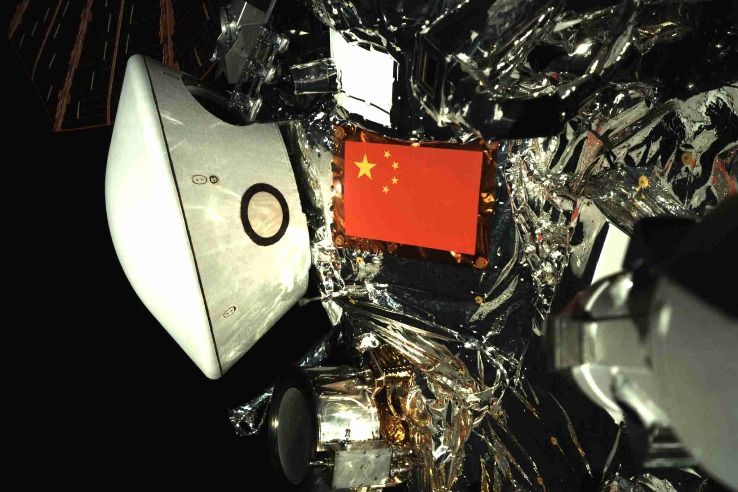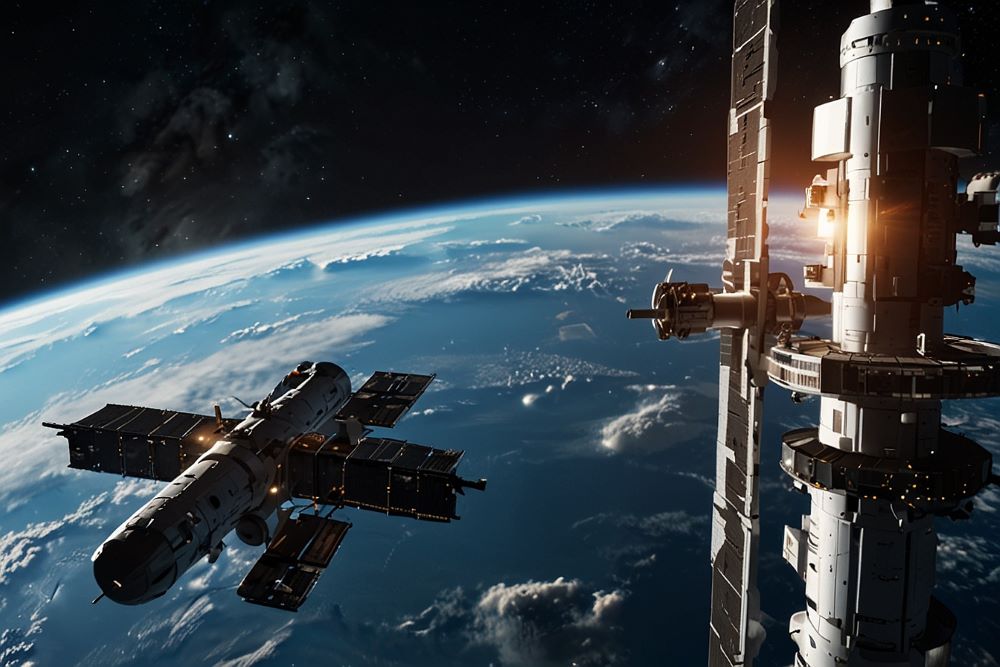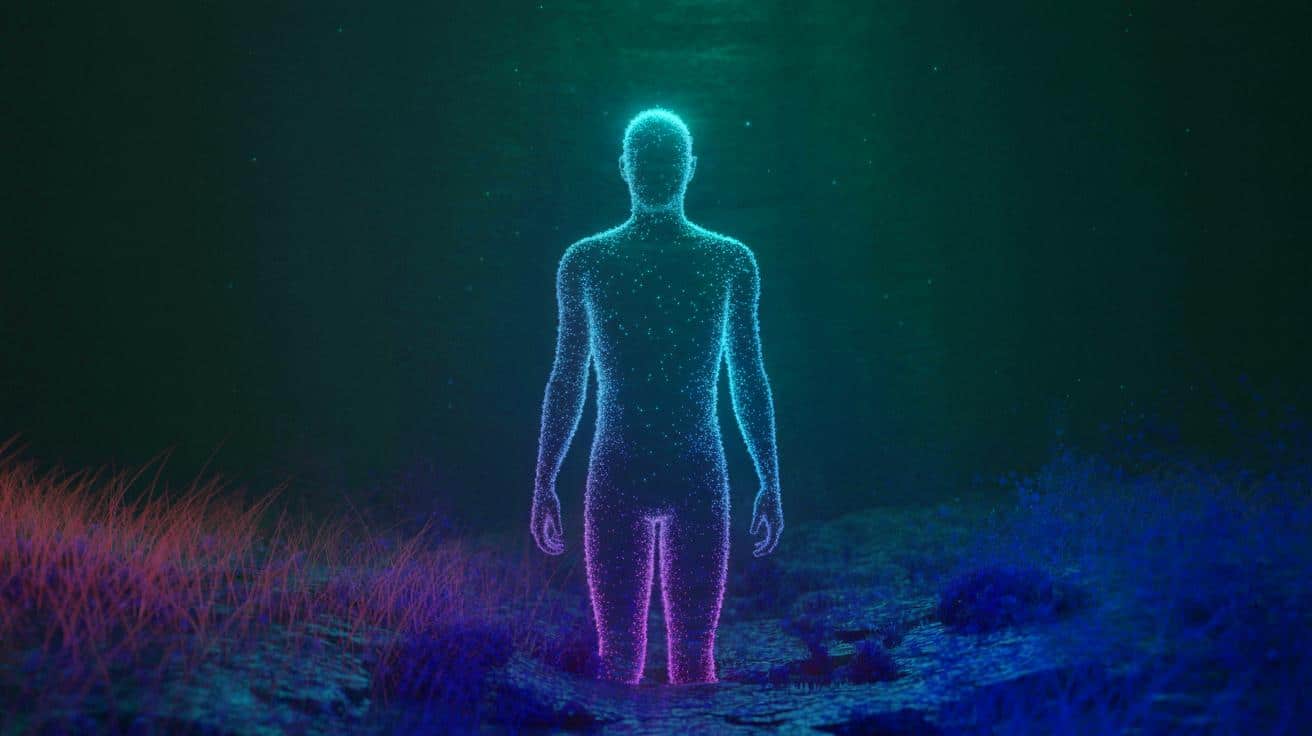Hidden Asteroids Near Venus Could Wipe Out Cities – Are We Prepared?

Imagine a disaster lurking just out of sight, ready to strike without warning. Well, that’s exactly the chilling reality astronomers are warning us about! New research suggests that a hidden population of potentially catastrophic asteroids is orbiting near Venus, and they could wreak havoc on Earth if they were ever to stray into our path.
Led by Valerio Carruba from São Paulo State University, the latest study reveals that these “co-orbital” asteroids are practically invisible from our vantage point on Earth. Carruba emphasized, “Our study shows that there’s a population of potentially dangerous asteroids that we can’t detect with current telescopes.” They orbit the Sun in a chaotic dance, sometimes trailing behind Venus, other times racing ahead, and occasionally crossing its path in a tangled ballet.
So far, astronomers have spotted around 20 of these elusive rocks, but computer simulations suggest that this number might only scratch the surface of a much larger, hidden threat. Their unpredictable movements mean that while we can trace their paths for about 150 years, their trajectories can shift dramatically beyond that, possibly sending them barreling toward Earth.
The implications are staggering. An asteroid measuring just 300 meters could unleash devastation equivalent to hundreds of megatons of explosive energy, creating a crater several kilometers wide in a densely populated area. Carruba warns of the disastrous consequences: “An impact in a populated area would cause large-scale devastation.”
The heart of the issue lies in their visibility—or lack thereof. These asteroids inhabit a region inside Earth’s orbit, near the blinding glare of the Sun, making them almost impossible to detect with our ground-based telescopes. Even the anticipated Vera Rubin Observatory, which is set to revolutionize our sky surveys, would only have limited opportunities to catch these objects during twilight.
Faced with this blind spot, researchers are advocating for bolder strategies. One promising solution involves deploying a space-based observatory near Venus, which would allow us to track these stealthy asteroids without the Sun's interference. NASA’s upcoming NEO Surveyor mission is specifically designed to uncover these hidden threats lurking in the inner Solar System.
For now, we must confront the unsettling truth: we know these asteroids exist, we recognize that some are large enough to pose a significant risk, and yet, our ability to detect them is severely limited. In a universe filled with dangers, this particular situation feels particularly unfair.


